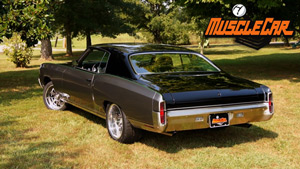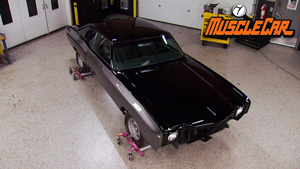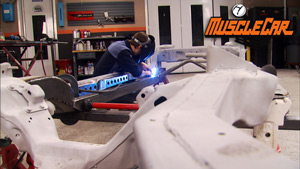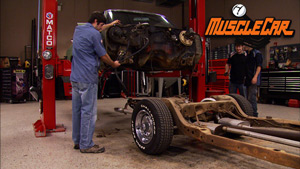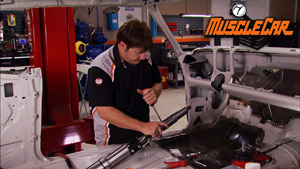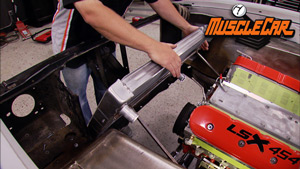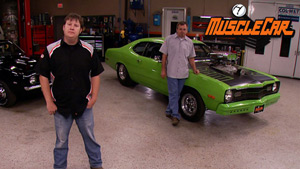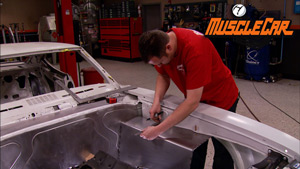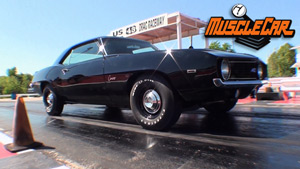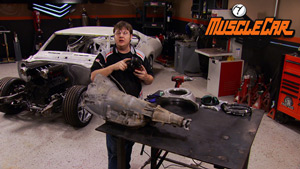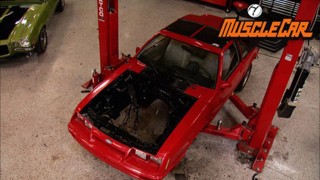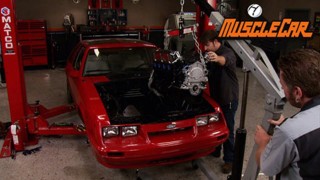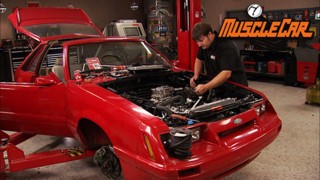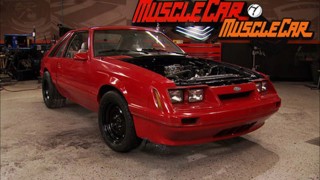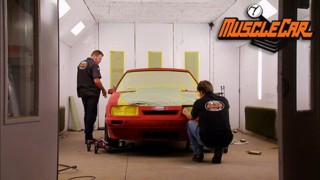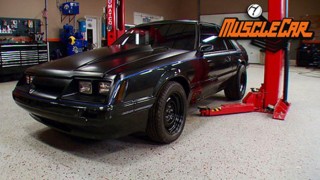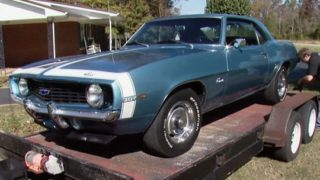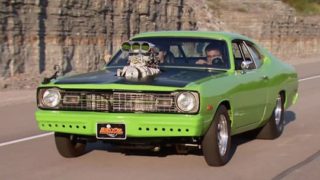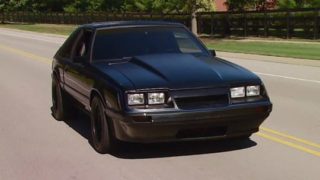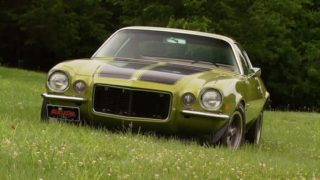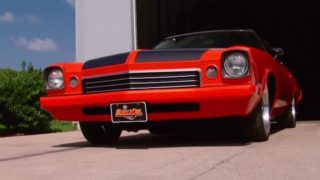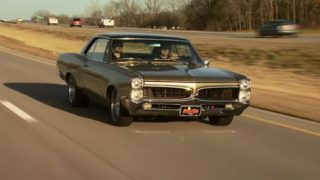More '86 Ford Mustang "Dark Horse" Episodes
MuscleCar Builds
Want more content like this?
Join the PowerNation Email NewsletterParts Used In This Episode
Edelbrock
Carburetor, Performer, 750 cfm, 4-Barrel, Square Bore, Manual Choke, Single Inlet, Silver, Each
Edelbrock
Intake Manifold, Victor Jr,, Single Plane, Aluminum, Natural, 4-Barrel, Square Bore, Ford, 4.7L, 5.0L, Each
Flowmaster
Muffler, American Thunder 40 Series, 2 1/2 in. Inlet/2 1/2 in. Outlet, Steel, Aluminized, Each
Pertronix
Distributor, Flame-Thrower, Magnetic Pickup, Vacuum Advance, Black Cap, Ford, 289-302, Each
Pertronix
Spark Plug Wires, Flame-Thrower, RFI Suppression, 8mm, Black, Stock Boots, Ford, Small Block, V8, Kit
Summit Racing
Catalytic Converter, Stainless Steel, Universal, 2.5 in. Inlet/Outlet, 16 in. Length, Each
Summit Racing
Headers, Full-Length, Steel, Painted, Ford, Mercury, Mustang, Capri, 5.0L, Pair
Tuff Stuff Performance
Alternator, Black Powdercoated, 140 Amps, Serpentine, Buick, Chevy, GMC, Oldsmobile, Pontiac
Weld Racing LLC
These Weld Racing RTS forged aluminum polished wheels feature 3-piece forgings that are assembled by welding, for application flexibility. They are manufactured using primary forging-grade aluminum alloys to create maximum strength and durability. Weld Racing RTS forged aluminum polished wheels are available in 15 in. to 18 in. diameters and are tested with F.E.A. and in-house destructive testing to ensure safety.
RockAuto.com
Aftermarket replacement auto parts for domestic and import vehicles

